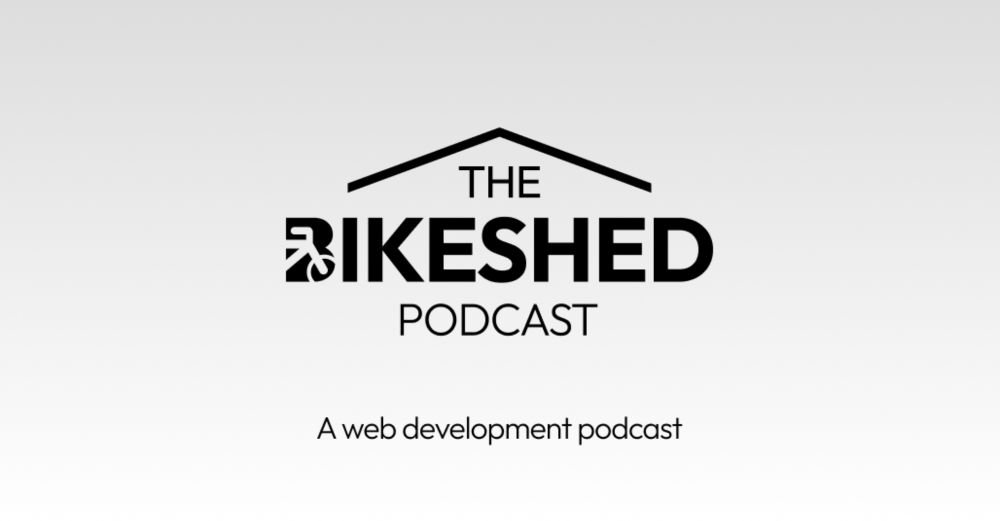Summary:
This episode of The Bikeshed Podcast covers design systems, including their benefits, trade-offs, and whether your company needs one. The hosts also share experiences from their time working on a design system team at Wayfair. Segments include stand-up updates, "Two Takes and a Fake," and "Spicy Takes with Curry."
Stand-up Updates
- Dillon: Shifted to a new project requiring more help. He is listening to the audiobook "Sapiens."
- Matt: Exploring the Cloudflare Vite pluginOpens in new tab, which allows building a worker and a client-side app. Also experimenting with TinyBaseOpens in new tab, a sync engine for web applications.
- Scott: Took time off before starting a new job. He completed home improvement projects such as re-grouting tiles and fixing a couch leg. Updated the Bikeshed Podcast logo and metadata. Started working on an incremental Bun compiler and playing around with a Moon monorepo.
Design Systems Discussion
- Benefits: Design systems are helpful, especially in larger corporations, as they standardize UI, increase speed, create brand consistency, and ease rebranding. They establish a UI contract between designers, engineers, and product teams.
- Considerations: Smaller companies might benefit more from solutions like Shadcn, where components are consumed into the application. The team should also be responsible for contributing back. Design systems should be flexible and adapt to user needs. It is important to take an empathetic approach to use cases.
- Wayfair Experience: The team discusses their experience working on a design system at Wayfair, highlighting the importance of a single source of truth for design. They also discussed the value of patterns and collaborative environment for creativity and continuous improvement. The team started rigid and inflexible, but matured to provide more flexibility for the teams they were supporting.
- Component Libraries vs. Design Systems: A component library is one piece of a design system. Component libraries are more of a starting point, less rigid, and more flexible, whereas design systems are more opinionated and include non-tangible elements like guidelines and documentation.
- Organization Size: Organization size impacts the design system. Large companies benefit from large investments in platform tooling. Design systems require dedicated people to think about them and the best way to set them up.
- Selling the Value: It is often hard to quantify and sell the value of what the team is doing. Tools that show adoption can help leaders see the value of a design system.
Spicy Takes
Tune in to hear the takes that Dillon and Matt share to make Scott react like Mr Krabs:

Two Takes and a Fake
The hosts play a game where they identify the fake tech-related news among two real ones. This week's topics were Bun, Vercel changelog, and Next.js.
Tune in to hear who wins this week!
Bluesky Post and Comments:
The Bikeshed Podcast
@bikeshedpod.com
Scratching the Surface on Design Systems
Tune in to hear our takes on design systems, component libraries, and also a few spicy takes on Tailwind!
bikeshedpod.com/episodes/6/s...

Scratching the Surface on Design Systems
The gang talks all about design systems, ranging from what they are, why you may (or may not) need one, and then share a few spicy takes on Storybook, modals, and Tailwind!
Loading comments...